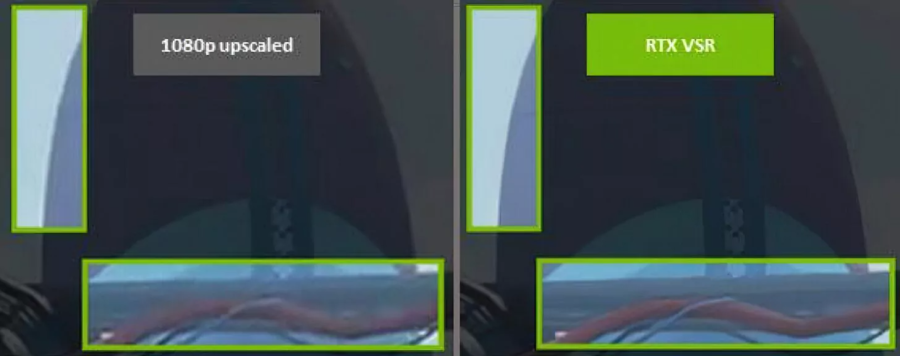Nvidia releases VSR
March 30, 2023
Nvidia released Virtual Super Resolution, an upscaler for video content. Currently it is supported on Windows 10 and 11, with a 30 or 40 series RTX GPU. The 20 series is planned to be supported in the future, however, no timeline has been supplied. Any graphics card older than that will not be supported due to the lack of Tensor cores introduced in the Turing/20 series graphics cards.
The limits behind which cards can and can not run VSR are potentially just a driver or program limitation. Nvidia somewhat recently made a similar product targeting audio called RTX Voice. It was made only for 20 series and newer GPUs. However, some very smart people outside of Nvidia were able to modify just a few lines of the program to make it work on cards as old as the 6 or 7 series. Some cards would not work with it but mostly due to memory limits on the graphics card.
There is even some potential evidence to back this up. A RTX 3080 will take ~324 watts compared to 3050 using about as much as a usual video decode (less than 75 watts), even though the quality of upscaling is indistinguishable. So this could just be some artificial load to make it appear as if the Tensor cores are busy, but I can not say for sure.
The upscaling algorithm itself seems to at the very least not to do too much harm. But in most common instances it appears to improve image quality. Nvidia was also careful to make sure that VSR does not run in the background if a window rendering a video that supports VSR is minimized or not at a window size that would benefit any from the upscaling.



